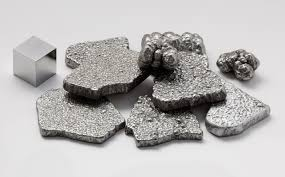Techniques such as soldering have traditionally involved joining metal, but for many DIYers – and indeed some professionals – these fixing methods may seem somewhat daunting. Not surprisingly, the option of gluing metals together has become much more popular in recent times and, thanks to modern Metal bonding adhesives like those from CT1 a strong reliable bond can be achieved.
Choosing the type of Glue.
There are many different glues on the market, so visiting your local hardware store and the choice may be confusing for you. The two main options when it comes to metal bonding adhesives are cyanoacrylates – super glues – or epoxy resins that usually come as a two-part mix.
While epoxy is more fiddly to use the strongest bond is generated. It takes time, however, to set up – even ‘rapid’ epoxies take several minutes to bond and an hour or two to achieve full strength. Therefore, you need to be able to support the joint as the adhesive sets in some way, which makes it a less popular choice.
Preparation
The key to getting a strong, reliable joint lies in preparation, regardless of what type of glue you choose. Make sure that both surfaces are clean and dry to be connected. It is also a good idea to slightly roughen the surface with a wet and dry paper to help the adhesive bonding.
Try to avoid touching the surfaces to be joined with your bare hands after cleaning, as this can introduce grease that weakens the adhesive joint.
Application
Using the right amount of glue is important. Too much will lead to a messy joint that needs to be cleaned up later, but a weak bond will result in too little. Make sure that you mix equal amounts of the two parts when using epoxy, thoroughly blend them together and immediately use the adhesive. Although epoxy will fill small gaps between the parts to be joined, super glue needs them to fit together closely.


